Pears are among the world’s most beloved fruits, cherished for their juicy texture, subtly sweet flavor, and versatility in both culinary and commercial uses. From fresh fruit salads and desserts to preserves and dried snacks, pears occupy a special place in both traditional and modern diets globally. Behind this popular fruit lies a thriving international trade, with certain countries dominating the export market.
In this article, we’ll explore which country is the largest pear exporter in the world, what makes it so successful, other major exporting nations, key trade statistics, market trends, challenges, and the future outlook of the global pear industry.
The Global Pear Market Overview
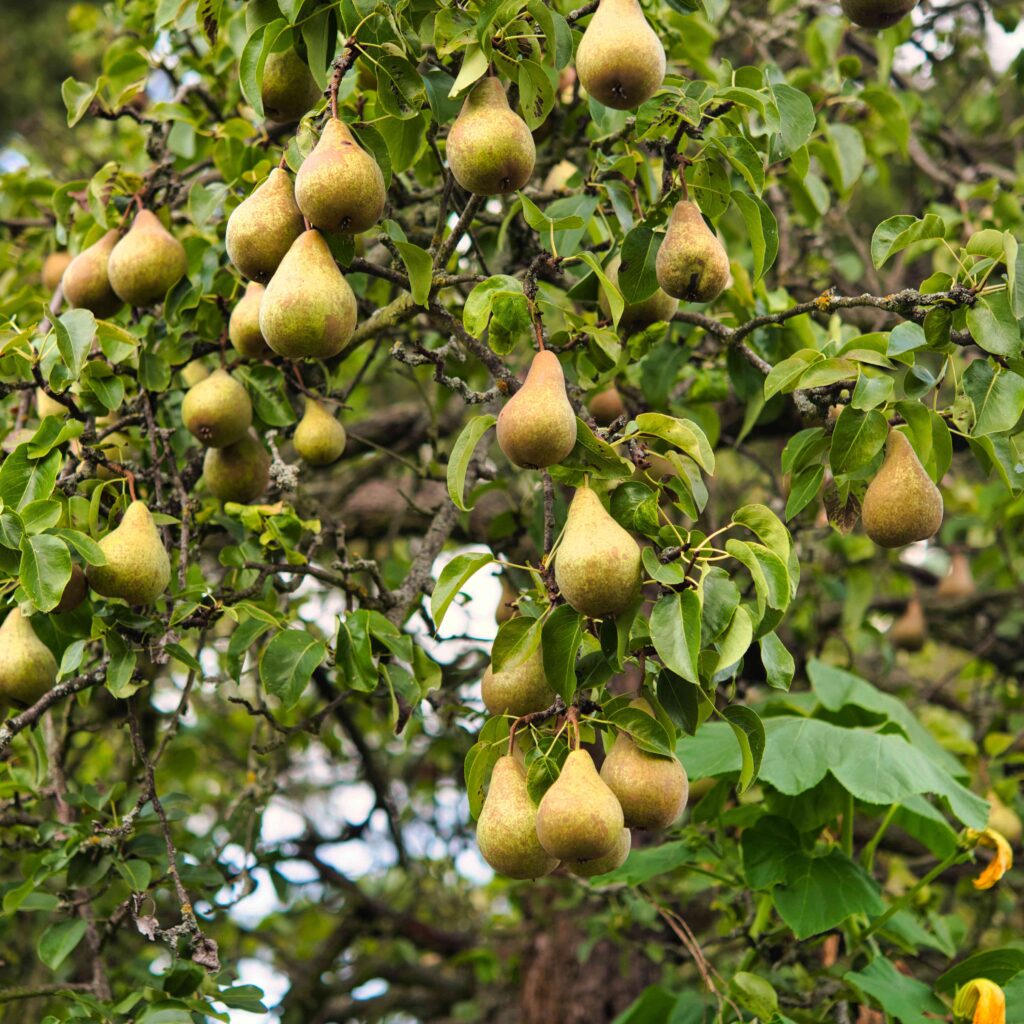
Pears are cultivated in temperate regions around the world, with global production surpassing 23 million metric tons annually. The largest pear-producing countries include China, Italy, the United States, Argentina, South Africa, and Turkey.
However, not all pear-producing nations focus on exporting. While China leads global production by a significant margin, much of its produce is consumed domestically. As a result, other nations dominate the pear export market, driven by a combination of favorable climates, efficient logistics, and established trade relationships.
Which Country Is the Largest Pear Exporter in the World?
As of recent international trade data, the Netherlands holds the position as the largest pear exporter in the world by value, while China leads by export volume.
The Netherlands: Europe’s Pear Export Giant
Although not a top producer globally, the Netherlands has built a robust pear export infrastructure, capitalizing on its central location in Europe and highly efficient logistics. It exported over 350,000 metric tons of pears in 2023, valued at approximately USD 520 million, accounting for around 20% of global pear export value.
The Dutch pear industry benefits from:
- Modern horticultural practices
- Cold chain management
- Strong distribution networks within Europe
- High-quality fruit varieties like the popular ‘Conference’ pear
The Netherlands acts as both a producer and a re-export hub, importing pears from other countries and redistributing them to neighboring European nations.
China: The Largest Exporter by Volume
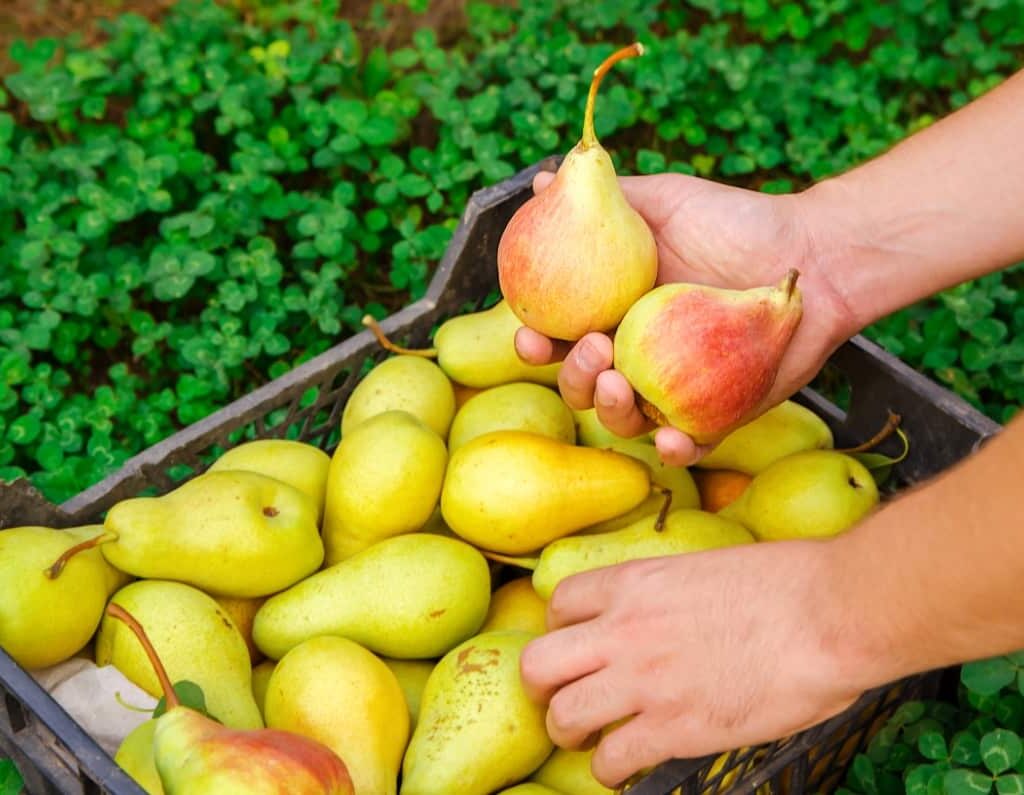
When it comes to sheer quantity, China is the world’s largest pear exporter by volume. In 2023, China exported approximately 565,000 metric tons of fresh pears, though its export value was lower compared to the Netherlands due to differences in pricing and market targeting.
China’s pear exports are primarily directed to:
- Southeast Asia
- Russia
- Middle Eastern countries
Popular Chinese pear varieties include Ya Pear and Snow Pear, known for their crisp texture and long shelf life.
Other Major Pear Exporting Countries
While the Netherlands and China lead, several other countries play important roles in the global pear trade:
Belgium
- Exported over 300,000 metric tons in 2023
- A key supplier to the EU market
- Known for producing premium Conference pears
Argentina
- Leading exporter from the Southern Hemisphere
- Exports approximately 200,000 metric tons annually
- Main markets include Brazil, the United States, and Europe
South Africa
- Another important Southern Hemisphere exporter
- Supplies Europe and the Middle East during the Northern Hemisphere’s off-season
- Focuses on varieties like Packham’s Triumph and Forelle
United States
- Exports mainly to Mexico, Canada, and Asia
- Major pear-growing regions include Washington, Oregon, and California
- Popular varieties include Bartlett, Bosc, and Anjou
Spain
- Spain’s pear exports are steadily growing, with significant shipments to EU countries and Morocco
- Specializes in blush-colored and crisp dessert pears
How Are Pears Exported?

Due to their relatively delicate nature, pears require careful handling to maintain freshness during transit. Exporters rely on:
- Temperature-controlled storage (0–1°C)
- Modified Atmosphere Packaging (MAP)
- Refrigerated sea freight (reefers)
- Air freight for high-value markets
Pears are typically exported packed in ventilated cartons or crates and graded by size, color, and quality standards to meet import regulations of various countries.
Market Trends Driving Pear Exports
Several key trends continue to influence the global pear export market:
Rising Health Consciousness
Pears are low in calories and high in dietary fiber, antioxidants, and essential vitamins like vitamin C and potassium. As health-conscious consumers seek natural and functional foods, demand for fresh pears continues to rise.
Expanding Asian and Middle Eastern Markets
Markets in Vietnam, Indonesia, the UAE, and Saudi Arabia are importing larger volumes of pears due to increasing disposable incomes and changing dietary preferences.
Southern Hemisphere Production
Southern Hemisphere exporters like Argentina, South Africa, and Chile strategically supply fresh pears during the Northern Hemisphere’s off-season, ensuring year-round availability for major consuming nations.
Growth in Organic Pears
Organic produce demand is on the rise, particularly in Europe and North America. Pear exporters investing in organic-certified orchards and sustainable farming practices are tapping into this lucrative niche market.
Challenges in the Global Pear Export Industry
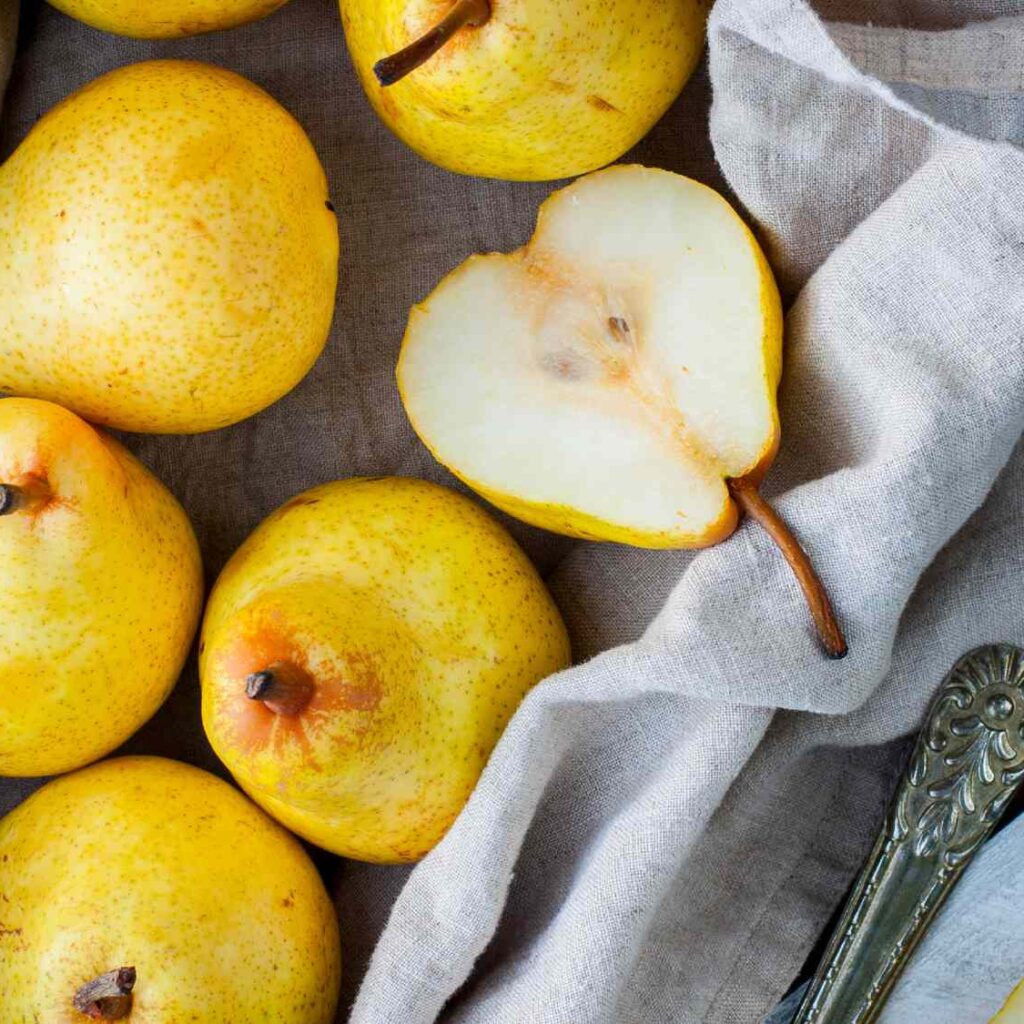
Despite its steady growth, the pear export industry faces several challenges:
- Climate change: Late frosts, droughts, and extreme weather events affect harvest volumes and fruit quality.
- Pest and disease management: Pears are susceptible to conditions like fire blight, requiring careful orchard management.
- Market price fluctuations: Prices can vary significantly depending on seasonal yields, demand cycles, and competition.
- Stringent phytosanitary regulations: Exporters must adhere to rigorous import standards, especially in the EU and North America.
- Logistics and rising freight costs: Global shipping disruptions can impact timely deliveries and profitability.
The Future Outlook for Pear Exports
The global pear export industry is poised for continued expansion. According to market forecasts:
- Global demand for fresh pears is expected to grow by 4%–6% annually over the next decade.
- The Netherlands is likely to maintain its position as the largest exporter by value, while China will continue leading by volume.
- Southern Hemisphere countries will strengthen their role in supplying off-season markets.
- Increasing focus on sustainable farming, organic certification, and cold chain logistics will shape the future of pear exports.
- Emerging markets in Southeast Asia, the Middle East, and Eastern Europe offer new growth opportunities for exporters.
Conclusion
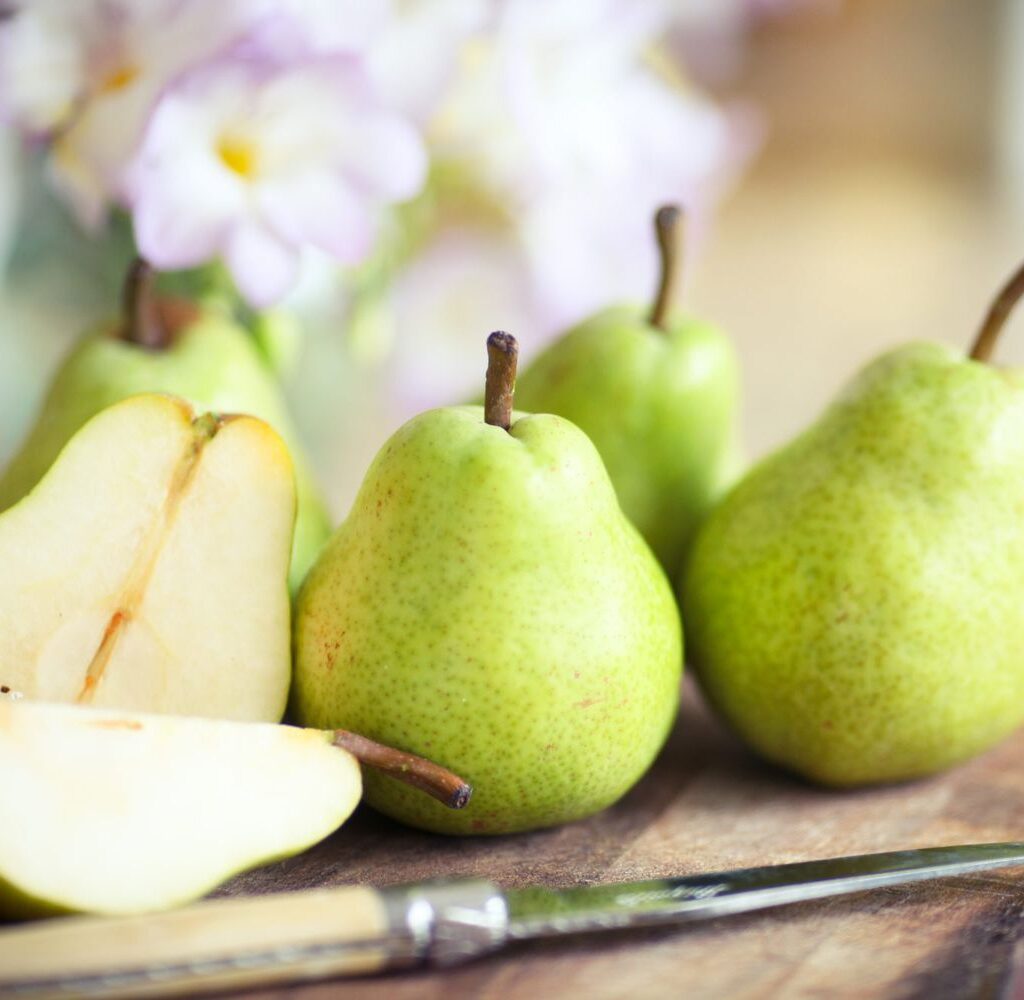
To summarize:
- The Netherlands is currently the world’s largest pear exporter by value, shipping over USD 520 million worth of pears annually, while China leads by volume, exporting over 565,000 metric tons each year.
- Other key players include Belgium, Argentina, South Africa, the United States, and Spain.
- The global pear trade benefits from growing health trends, rising demand in new markets, and counter-seasonal production cycles.
- Challenges such as climate volatility, logistics, and stringent regulations persist, but innovation in cold storage and sustainable farming offer promising solutions.
- The future of the pear export industry looks bright, with expanding markets and increasing global consumption supporting steady growth.




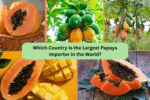
Leave A Comment